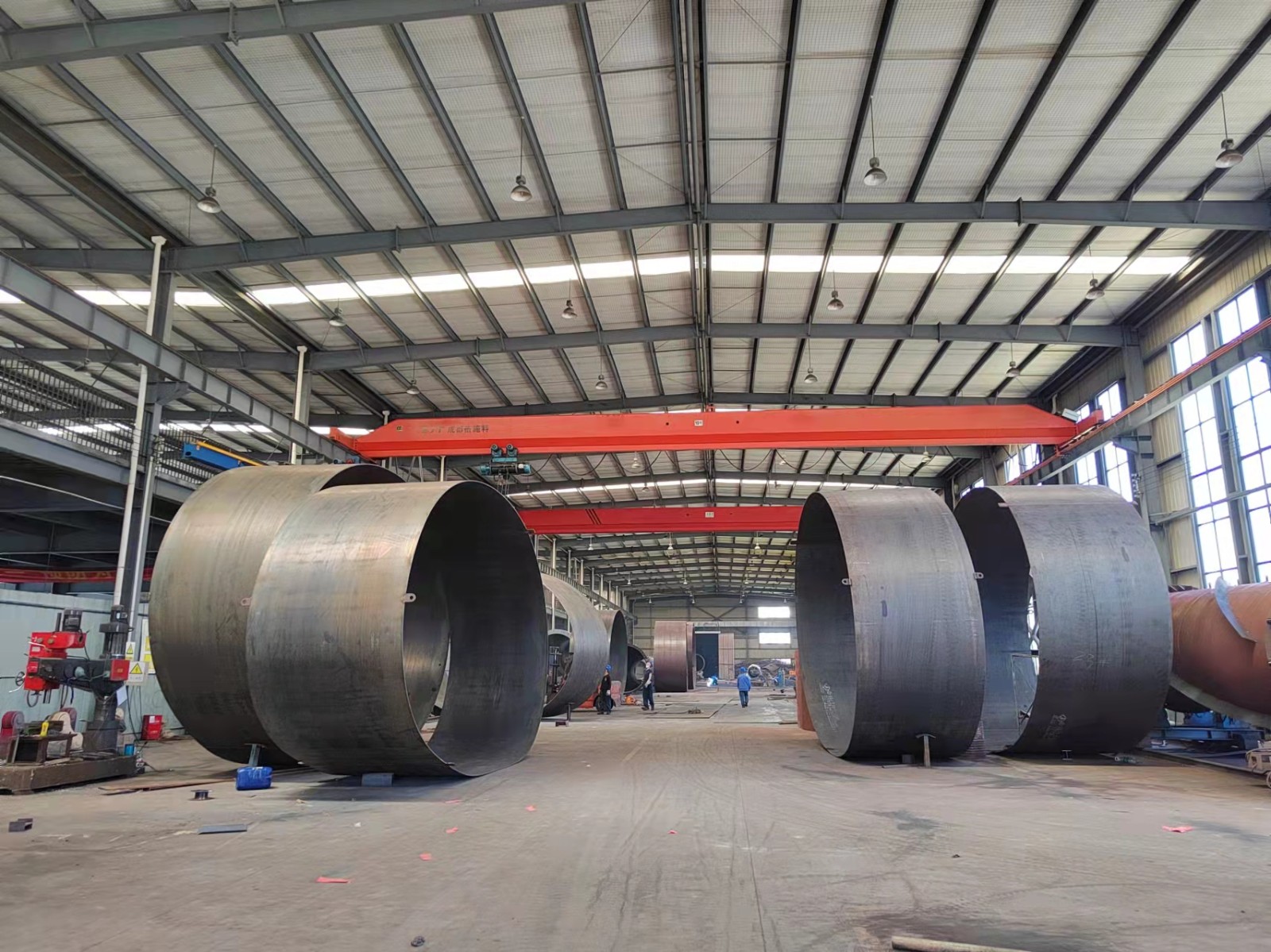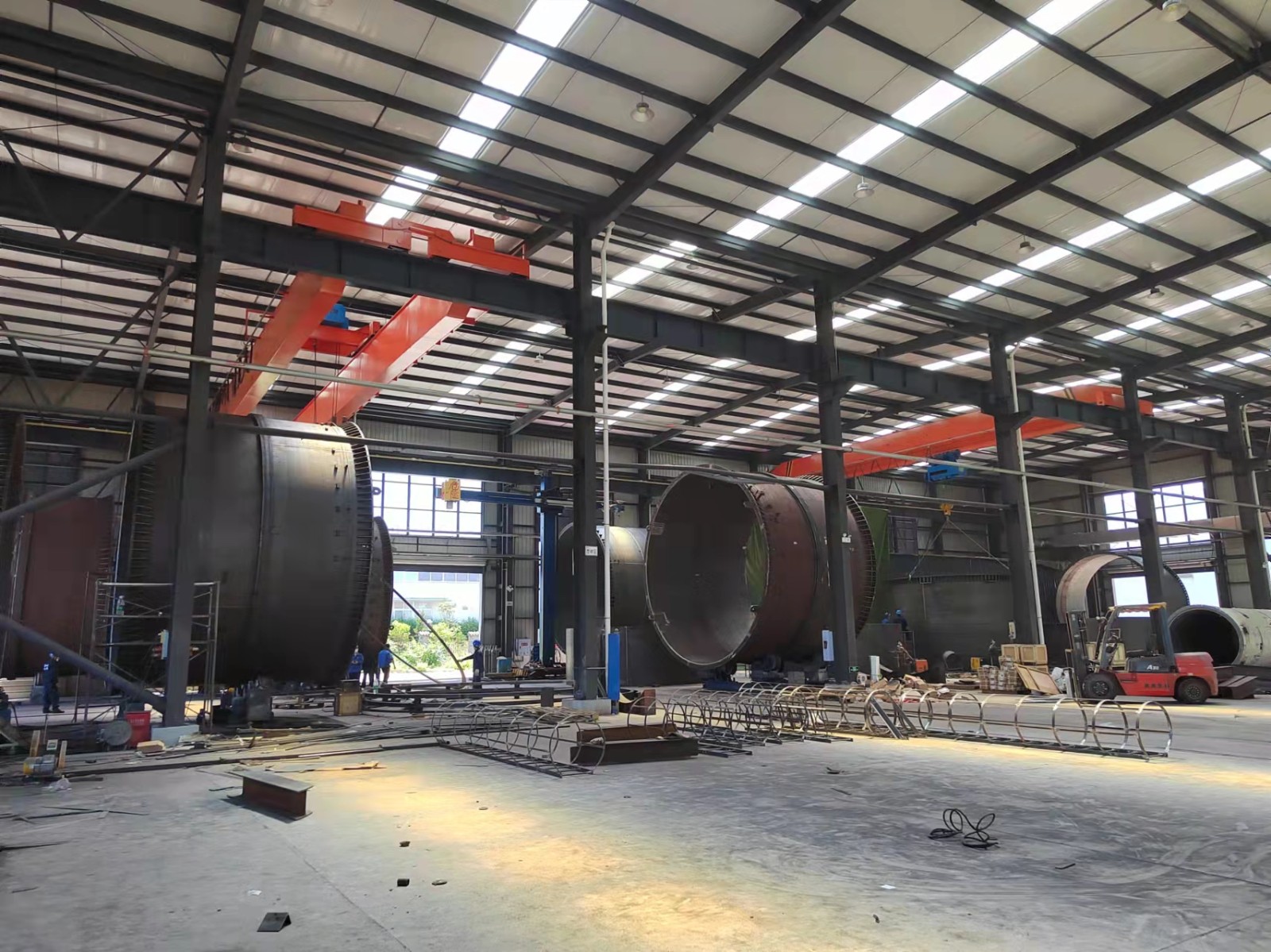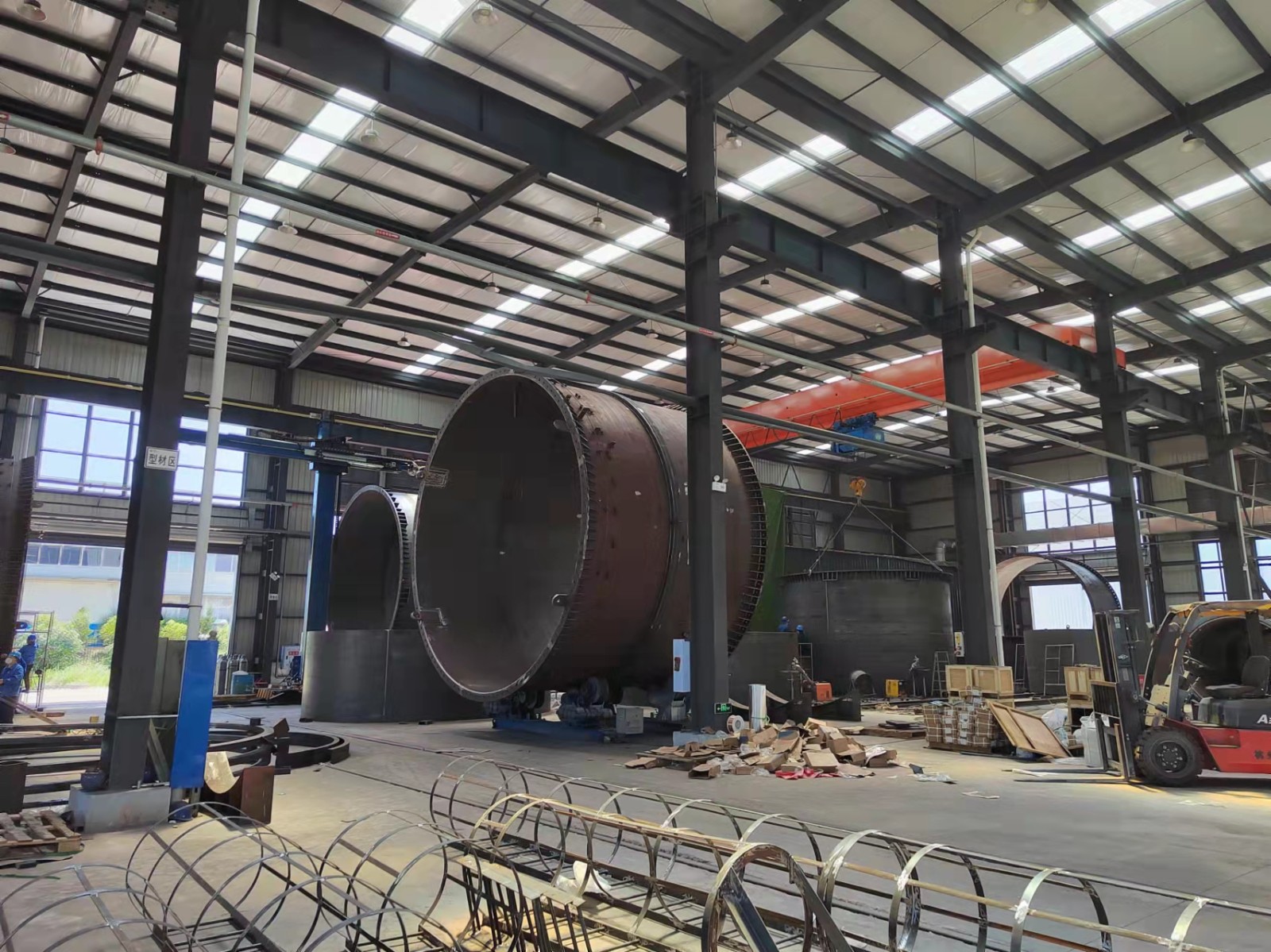PRODUCT CATEGORIES
-
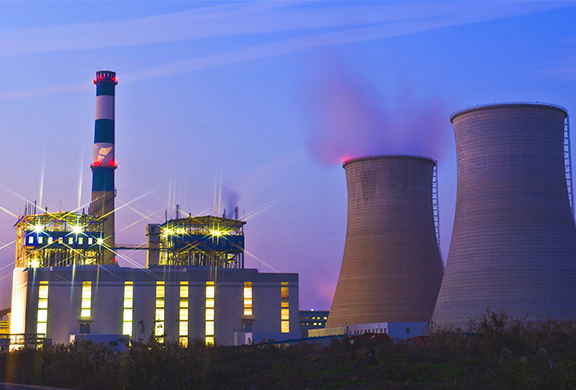 power plant stacks chimney
power plant stacks chimney
-
 Pulp & Paper stacks chimneys
Pulp & Paper stacks chimneys
-
 Petrochemicals stacks chimneys
Petrochemicals stacks chimneys
-
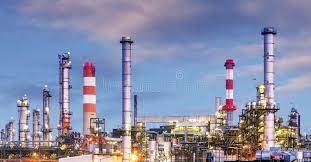 Chemicals Refinery stacks chimneys
Chemicals Refinery stacks chimneys
-
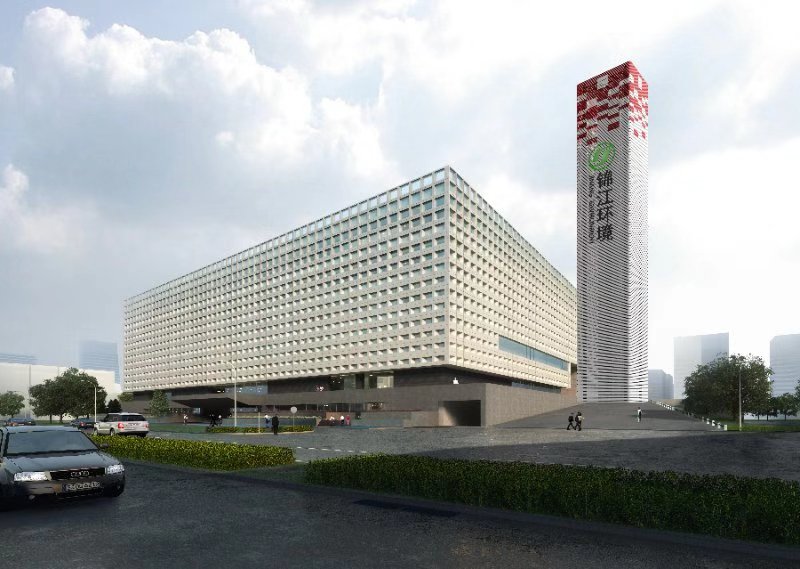 Reclining industry stacks chimneys
Reclining industry stacks chimneys
-
 Food & Beverage stacks chimneys
Food & Beverage stacks chimneys
-
 Cement & Lime stacks chimneys
Cement & Lime stacks chimneys
-
 Mining & Minerals stacks chimneys
Mining & Minerals stacks chimneys
-
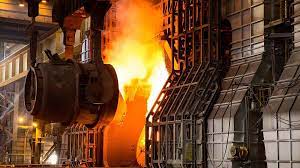 Steel & Metal stacks chimneys
Steel & Metal stacks chimneys
-
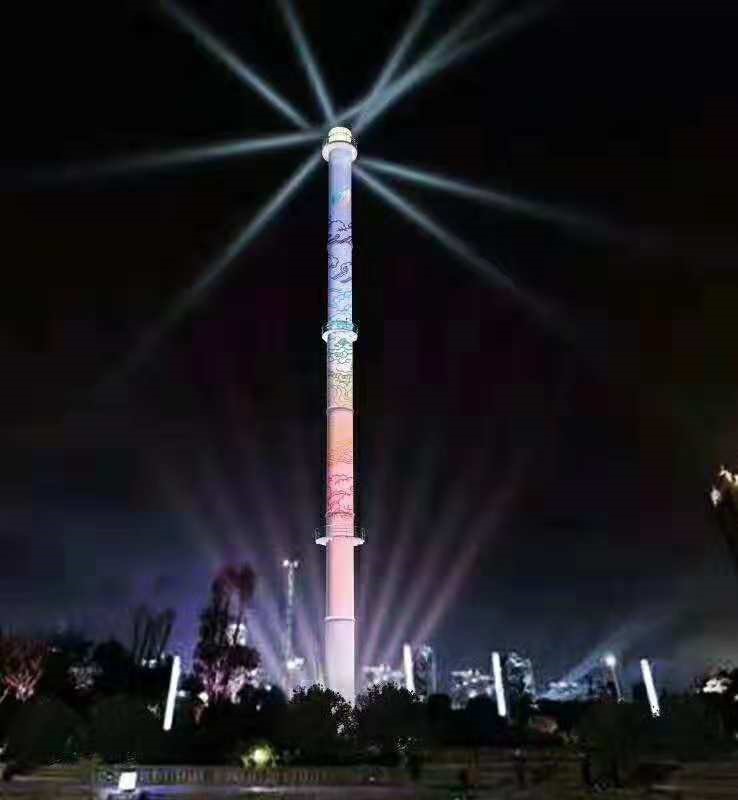 Chimney stacks Decoration
Chimney stacks Decoration
-
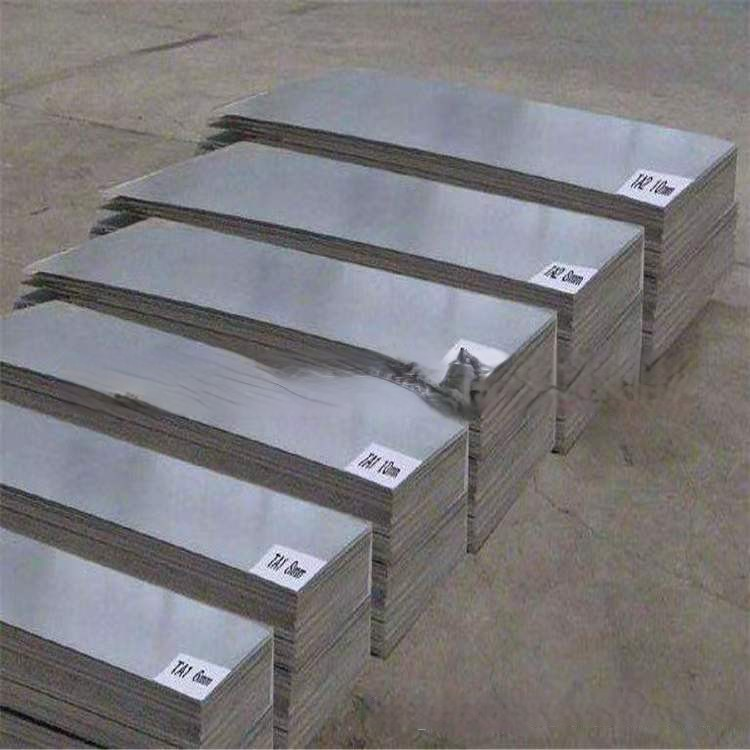 Thin Wall Titanium Clad Steel Plate
Thin Wall Titanium Clad Steel Plate
-
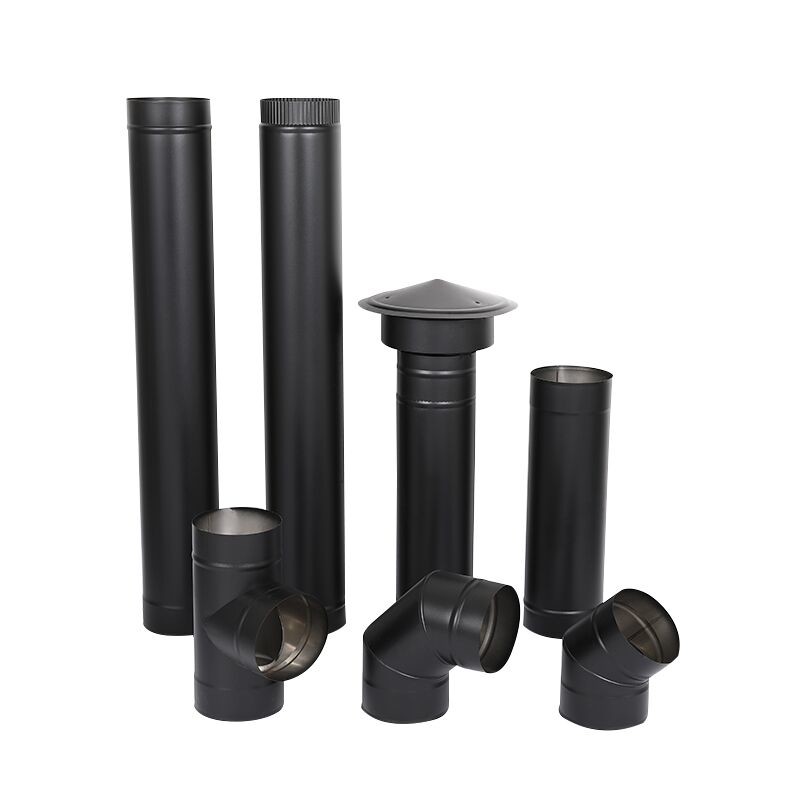 Stove Fireplace Chimney
Stove Fireplace Chimney
-
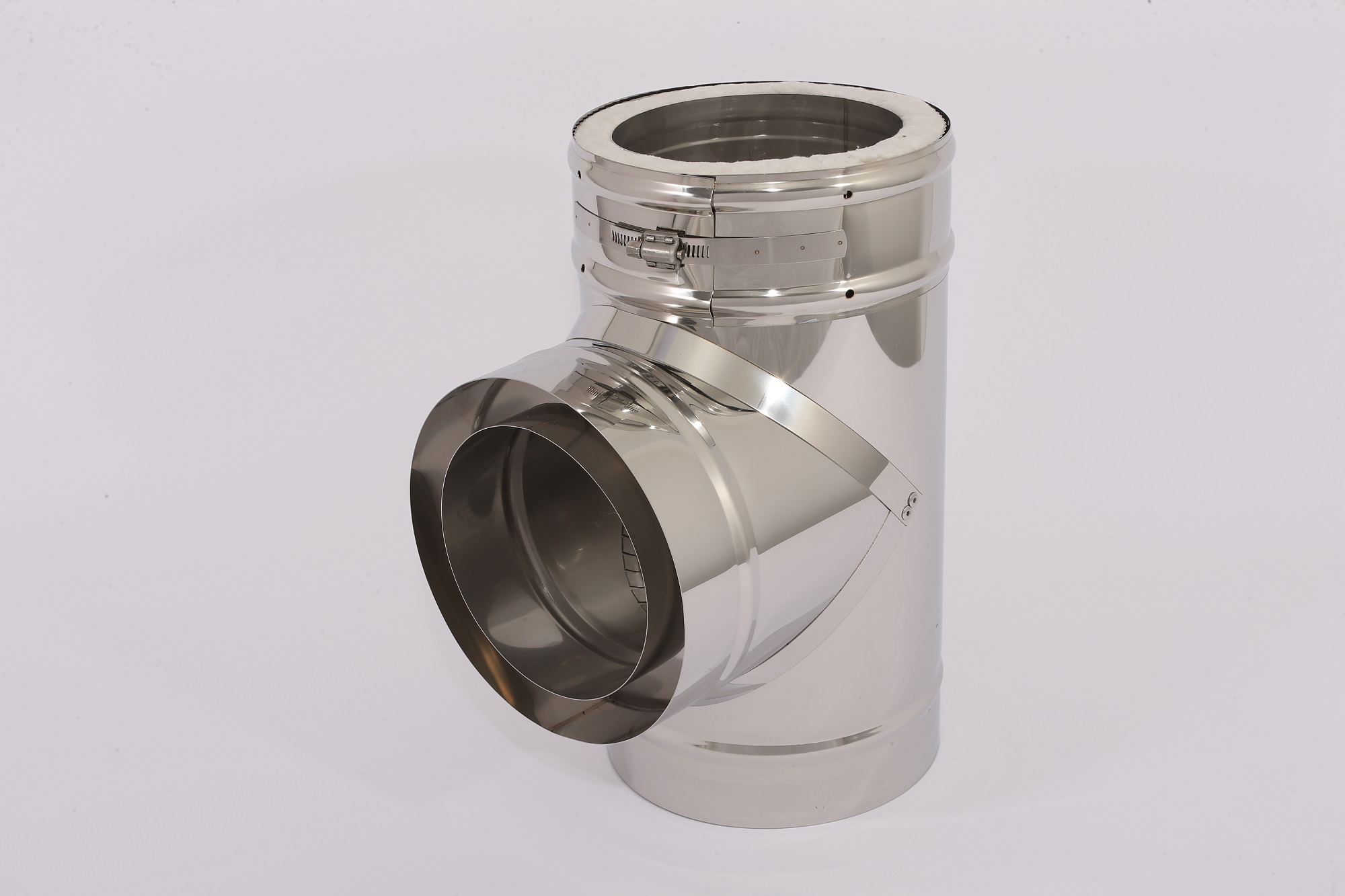 Chimney stacks accessories
Chimney stacks accessories
LATEST NEWS
CONTACT US
Tel:+86 (028)-62561606
Fax :+86 (028)-62561733
Mobile:+86 15881040688
Email: [email protected]
Whatsapp: +86 15881040688
Asked question for industrial Chimneys
YB Industrial Chimneys:
Industrial chimneys are vertical constructions created to reduce the impact of greenhouse gases and other industry substances on its immediate surroundings. These stonework (brick), concrete, or steel structures are used to eject gases generated by industries after completing their production processes. The objective is to reduce the impact these sub-products have on the environment and on humans. Some reduce levels of pollutants while others reduce gas the temperature of the gas.
Types of industrial chimneys
Although there are basic types of chimneys and stacks, each is designed differently and serves a specific purpose. Their nozzles are calculated based on parameters such as the type of gas circulating inside them (N , water vapor, CO , NO , SO , etc.) and physical factors such as the flow rate, gas temperature or gas speed. Different combinations bring about unique conditions for each plant, making it impossible to use an ad hoc design from one plant at another one.
Vertical chimney constructions are used in a wide range of industries such as glass production (Tudela, 91 m), refineries (Guadarranque, 85 m), diesel plants (Los Guinchos, 39 m), paper mills and power plants (Soto de Ribera, 200 m), among others. It is impossible to summarize all the different execution processes for foundations, flue lining, main materials (brick, steel, concrete) and height.
A common characteristic of industrial chimneys is that they must be designed to comply with environmental protection decrees and must maintain low levels of pollutant emissions. In order to comply, constructions can be up to hundreds of meters tall, as is the case with the Andorra chimney (343 m). This includes greenhouse gases and particles whose ground-level toxicity may be harmful to human health, and both factors are related with Sustainable Development indices. Chimney height is determined to help dispersion, which is why some are so tall and are lifted using slipform.
People also ask
How do industrial chimneys work?
What are the different types of chimneys?
Why are industrial chimneys so tall?
What is the function of chimney?
